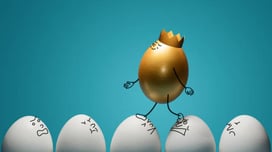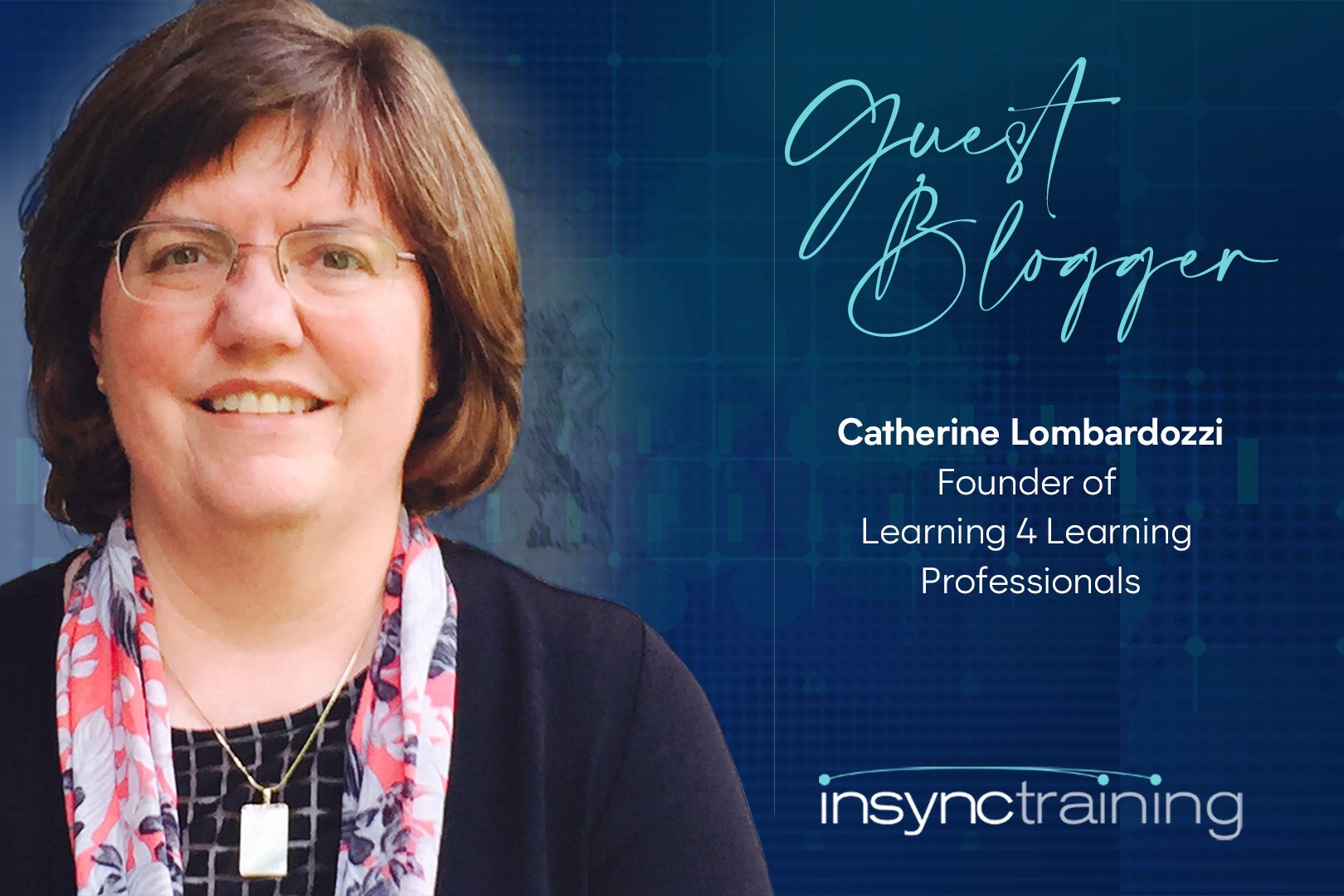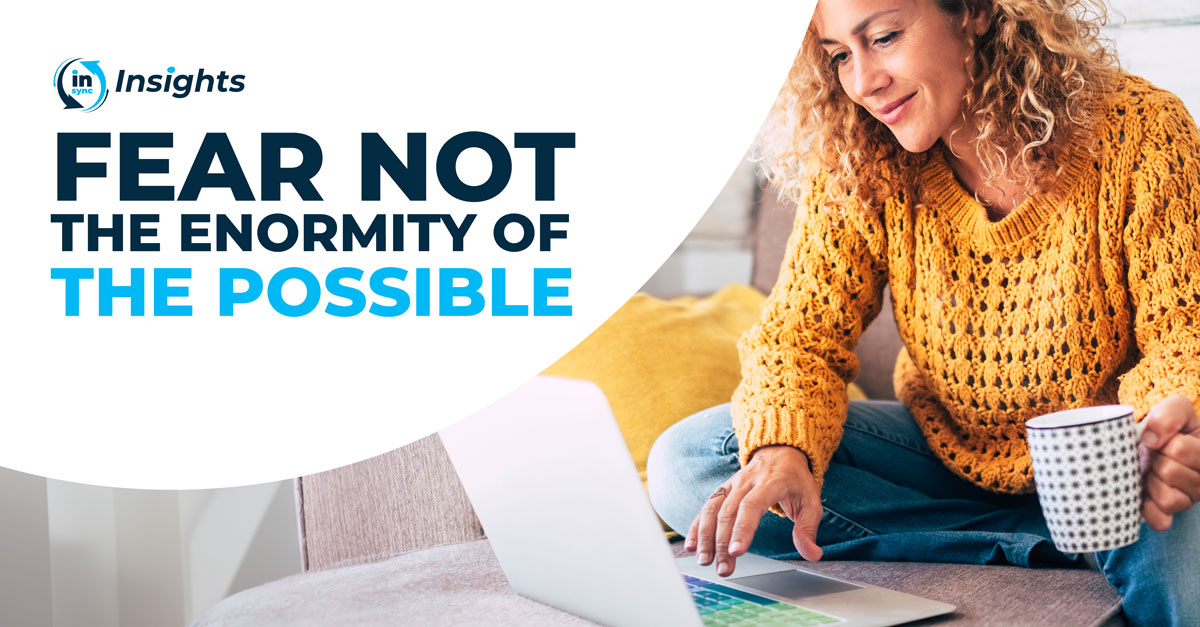Watch & Learn: 10 Observational Learning Tips for Professional Development
If you have little children in your life, you no doubt have experienced the joy (or chagrin) of seeing them imitate what you do. They pick up your...

When the evil queen asks her magic mirror, “who’s the fairest of them all?” – she only wants to hear the best about herself in return. We all want a bit of that, don’t we? We want to look at ourselves and see mostly the good in us. 
From a self-development point of view, however, it’s important that we get a more objective, accurate assessment of what is at our core and what others see. It’s important to hear about the ways we are fairest, but we also need to know what we can improve to truly be the fairest in the land.
Professional development begins with self-assessment. We need to cultivate the ability and the courage to take an objective look at our behaviors, knowledge base, skill, performance, and impact. From there, we can identify the strengths we want to nurture, the skills we want to add, and the derailers we need to change. We also need a clear reflection in order to notice the changes that our self-development efforts have wrought.
The tricky thing about self-assessment and self-reflection is that people’s internal mirrors are often distorted. Researchers have identified several diagnoses for these warped views. An individual may be influenced by the Dunning-Kruger effect: thinking they are more knowledgeable or skilled than they actually are. Or a person can suffer from imposter syndrome: thinking they are not as capable as they project themselves to be or as talented as others see them.
In self-assessment, people may be prone to the same errors they commit when evaluating others: halo effect (ascribing competence in one area to other areas), leniency error (explaining away issues), recency effect (relying only on recent evidence instead of the bigger picture), bias (inability to be impartial), and blind spots (not knowing what they don’t know). Males tend to over-rate their abilities, while females tend to under-rate theirs when self-reporting.
In short, humans are notoriously bad at self-assessment. Not only is it difficult for people to see themselves objectively, but it’s also often risky to admit to having room to grow, or doubts, or questions. Leaders and peers can seem (or in fact be) demanding, exacting, and unforgiving. It seems wiser to fake it and hope for the best than to admit to being in a learning zone.
Professionals may try to temper their lack of self-assessment skill by using a variety of published instruments. But some of the popular tools that purport to offer insights are not theoretically or psychometrically sound, or their behavior anchors may be open to interpretation. And since they are often self-completed, they may merely document a person’s slanted sense of self. They may also not reflect what is important to particular individuals in specific contexts.
If we want to advance our professional development, it’s worth the effort to improve the accuracy of self-assessment.
Two practices can help you to ensure you have a more objective view of your own behaviors, knowledge, and skill (and resulting performance and impact). The first is having a clear set of criteria on which to judge, and the second is to look for feedback.
Assessment starts with a clear understanding of both standard and exceptional performance. You need to know the right behaviors, the ways knowledge is demonstrated, and how skills manifest in order to compare yourself to that and recognize where you are exceeding and falling short of the mark. Attending to feedback mitigates potential lack of self-awareness and bias.
Studies have shown that the accuracy of self-assessment is improved when you have a set of criteria on which to judge. As you study the topics at the core of your development opportunities (by reading, watching videos, observing others, etc.), take careful notes. After exploring a number of resources, synthesize your notes into quality criteria or checklists for your own use. When you craft these for yourself, you’ll notice that your short criteria statements or check mark items will call to mind the depth from your source materials that will help you to accurately assess yourself against those points. Making your own assessment tools will ensure they are in alignment with your context and priorities.
Where you can, collaborate with leaders, peers, and subject matter experts in setting your standard. Once you’ve set your standard, ask knowledgeable others to review these documents for completeness and for nuance that you may have missed.
In your explorations, you may find quality criteria and checklists that have been crafted by others. When created by experts or based on research, these can be quite useful. But be careful to vet the source and to dig into the details. Check how well these documents comport with the full range of advice you’ve garnered and how well they are contextualized for your specific applications. If you find good checklists, these may serve as a starting place for your own version.
Creating standard-setting criteria isn’t a once-and-done activity, by the way. The most impactful checklists are built over time and constantly updated as you learn additional lessons from your work. Creating a standard is more manageable if you think of it as a work in progress.
While your own perceptions and assessments are important, you should also look for validation (and contraindicators) and input from others. Regardless of how objective you may want to be, your view of yourself is limited and biased. Ask trusted leaders, peers, or subject matter experts to share their perceptions and perhaps provide specific feedback based on the standard you have set for yourself.
Seek multifaceted feedback. If you are getting a lot of praise, ask for constructive critique. If you are getting all critique, ask for positives that you can build from.
If you ask for feedback, you need to take it into consideration. But you can also recognize that everyone’s view is limited and biased. Listen carefully. Ask questions. Request examples and details. Don’t argue or deflect. Whether the feedback is glowing or critical, it’s data that you can use.
Feedback doesn’t just come from other people. It also comes in the form of the reactions you get and the results you see. Notice how your actions are being received and note the degree to which your results are improving. Check your gut and sense how you are feeling about your own actions and interactions. These kinds of indirect feedback are also very telling.
Self-assessment is not simply a waypoint activity – one that you do at the completion of a project or at performance review intervals. The practices of comparing your work against standards and garnering feedback can be ongoing activities that guide your work-in-progress as well. Doing so helps you to more deliberately put what you have learned into action and to steer you to continuous improvement.
Mirrors should think longer before they reflect. – Jean Cocteau
It’s easy to make snap judgements about what you are doing well and what needs improvement. You can make quick assessments as to whether you are getting more knowledgeable or better at those areas that matter to you. But a glance in the mirror misses a lot of details. Rich self-assessment – creating clear standards and garnering nuanced feedback – takes time, but it’s well worth the effort to become the fairest you can be, and perhaps the fairest in the land (without resorting to giving poison apples to your colleagues).
Want to learn more? Download InSync Training's 54-page guide: Thriving As A Learning Professional.

If you have little children in your life, you no doubt have experienced the joy (or chagrin) of seeing them imitate what you do. They pick up your...

Part of InSync Training's Thriving as a Learning Professional Series Getting Ready for an Uncertain Future There’s something about the start of the...